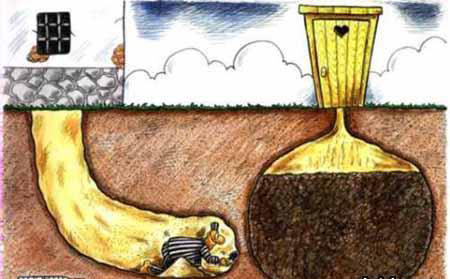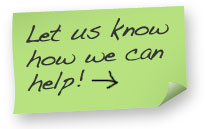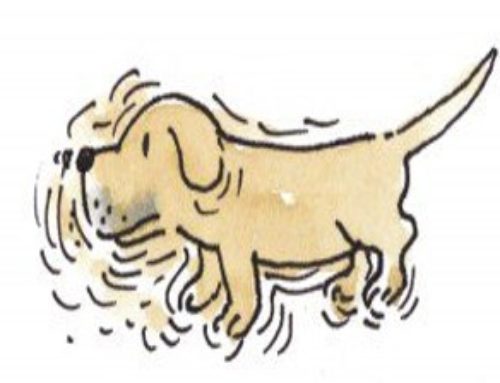In “Are you investing in the tree or the hole?,” we talked about the danger of seeing failure of an initiative tied to the idea and not execution. Sometimes failures are about poor execution, rather than a poor  concept, but too often, that difference gets confused in the minds of managers.
concept, but too often, that difference gets confused in the minds of managers.
It works the other way too.
John Madden—easily my favorite sport announcer—said, “Winning is the best deodorant.” Winning is fantastic and feels incredible. You’ve heard the old saw, “Success has many parents, but failure is an orphan,” right? When a team is winning, everyone feels great about each other. Outsiders view everyone involved as winners…as people you want to have on your team.
Most important, winners assume their plan was right. They do. Almost every time. And they store that plan away as a winning approach.
But Why?
At Performance Works, we’re big on causality. Why do things happen, so we know if we can make them happen again?
In “The Secret Poison of Green Light Status,” we challenge executives to probe that scorecard saying an initiative is “all green.” We encourage them to ask, “Is everything on track because of a great plan and finely tuned organization? Or because of a painful, expensive plan with one person imposing their will on frustrated teammates, burning bridges and ruining organizational capability along the way?”
Getting Complacent?
The bad news about success is we get complacent. We stop thinking about what got us here. We  stop thinking about whether that same approach will get us further. We say (sometimes silently, sometimes loudly), “If it ain’t broke, don’t fix it.”
stop thinking about whether that same approach will get us further. We say (sometimes silently, sometimes loudly), “If it ain’t broke, don’t fix it.”
Complacency leads to Blackberry missing the mobile app revolution, the U.S. car industry in the 1990s surrendering the small “low profit” segment to Japan, IBM delivering a high-end impact printer in 1985 while Apple redefined publishing with a mainstream laser printer, and Kentucky Fried Chicken, er, I mean “KFC,” ignoring for years customer misgivings about fried food. It leads to industry-driving (and fear-provoking) leaders like Kodak, Nokia, Microsoft, Yahoo becoming…just big companies (or worse). And to Washington Mutual, Polaroid, Woolworth’s, and Pan Am becoming trivia questions.
In the worst cases, we don’t even read basic data right. How many tech firms congratulate themselves for 40% year-on-year growth…when their industry is growing at 60%?
Get Curious. Ask Why.
When something works…it’s time to probe, not celebrate and look away. Get curious. Ask why. Is it our magnificent people? A watershed moment in our industry? Failure of vision by a competitor (hello? Blackberry?)? Profound insight into our customer? Perhaps just an accidental success–made possible by being open minded?
If you don’t know WHY a plan worked, you don’t have a repeatable plan.
Takeaways
- Embrace the “Why?” Ask—and encourage other executives to ask—”What drove the success of this initiative? What part of the success will always work…and which part is dependent on the context?”
- When you keep your mental (or if you’re me, written) tally of wins and failures, pack away the “why.” Why did this technique work? Why did this approach fail? You’ll have a more powerful bag of tricks for future decisions.




